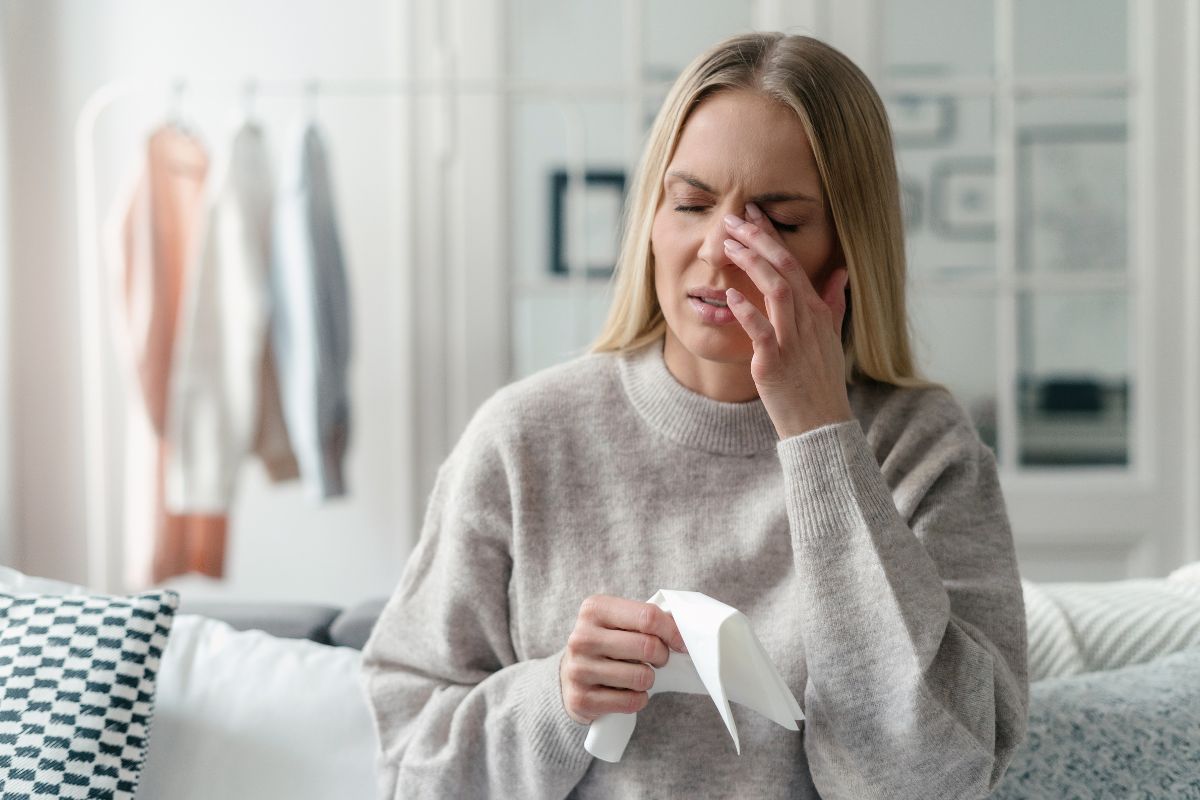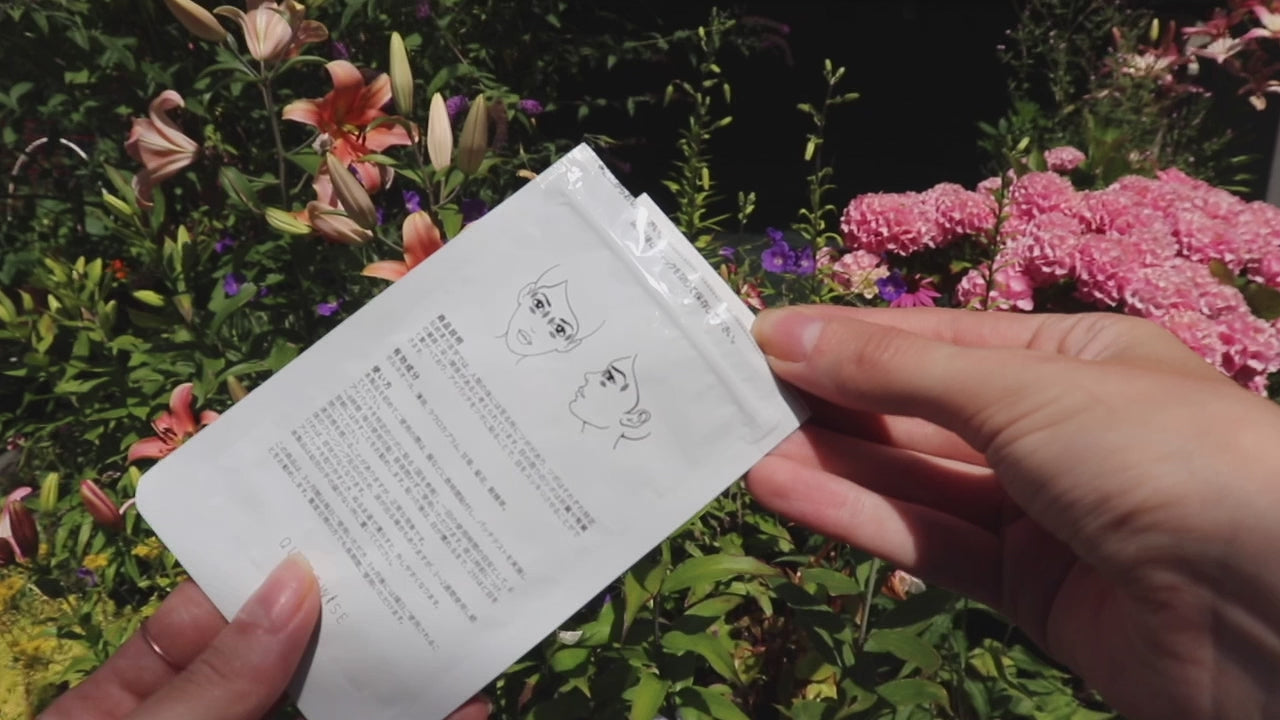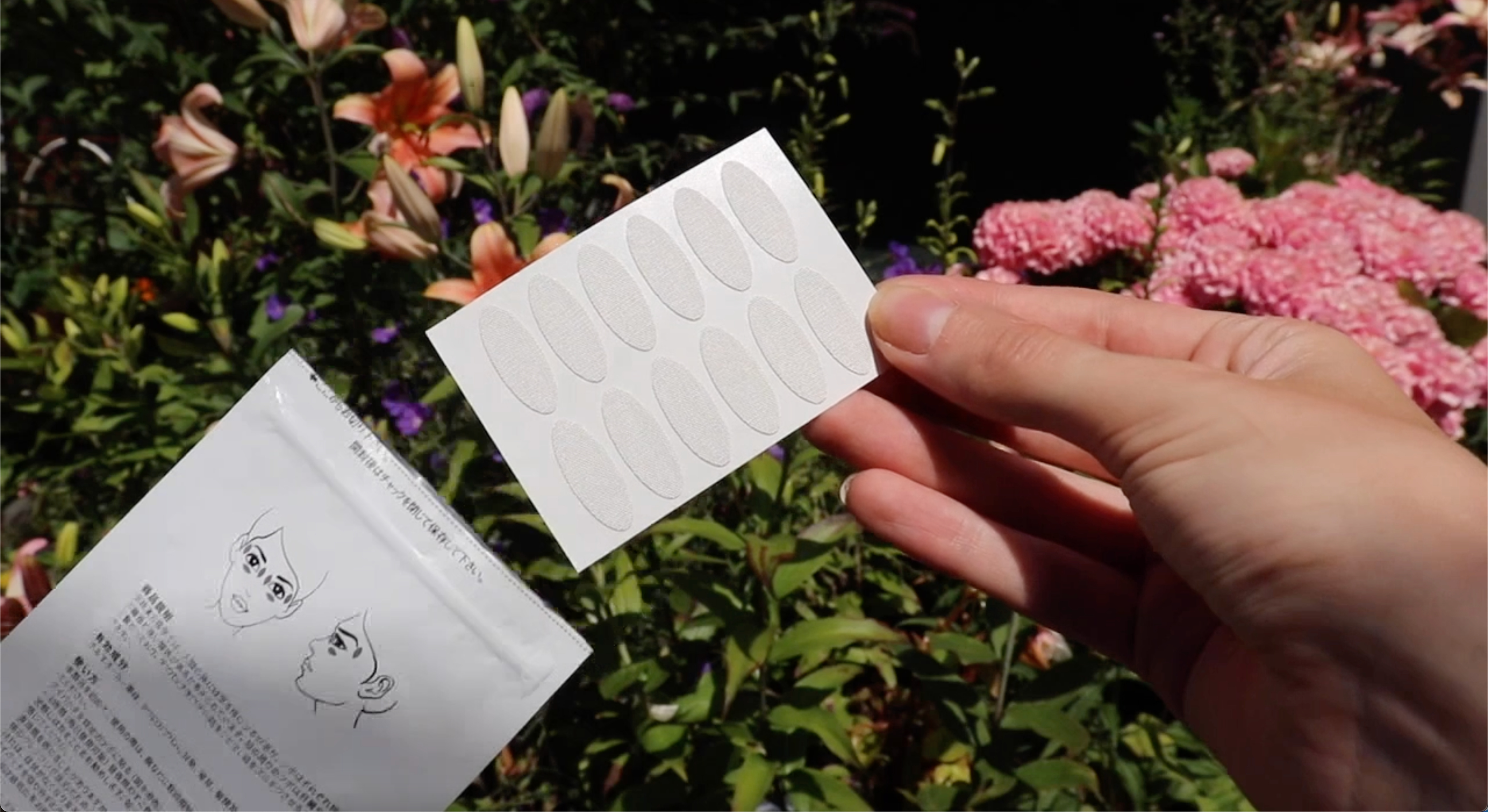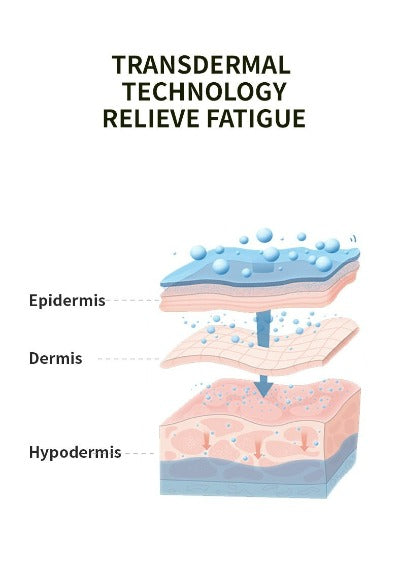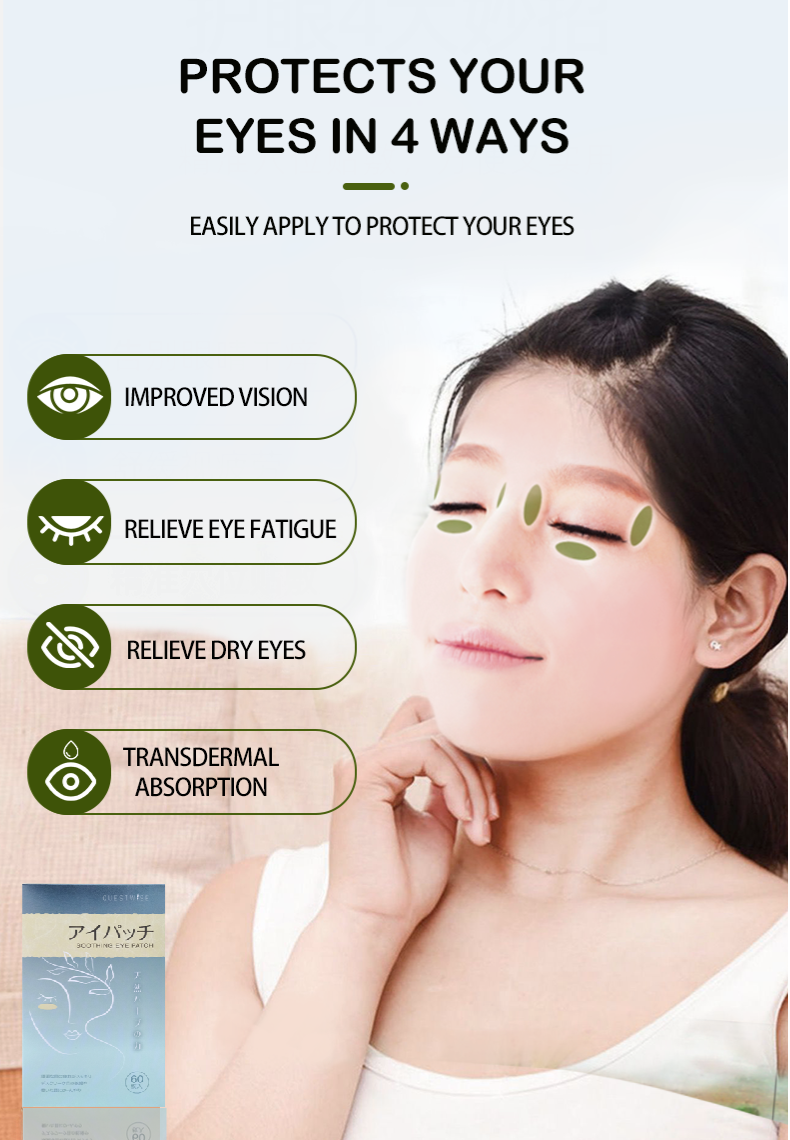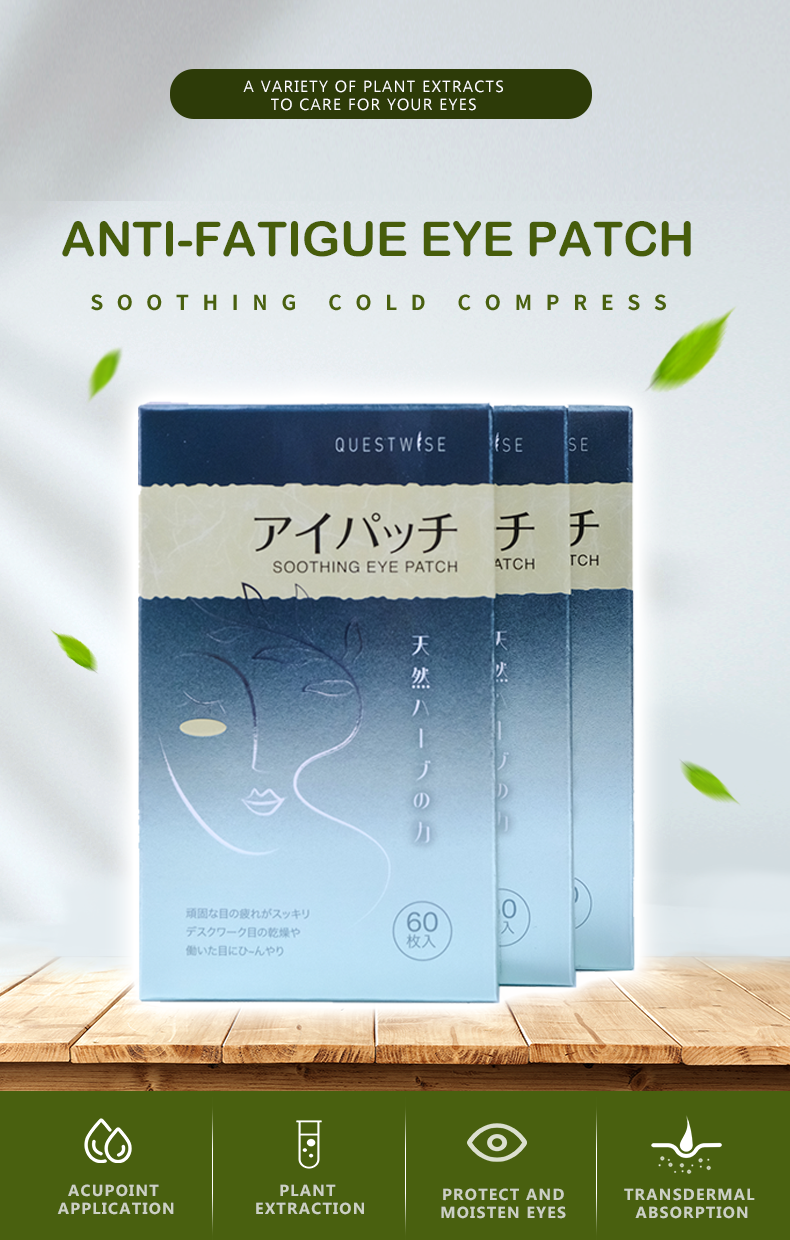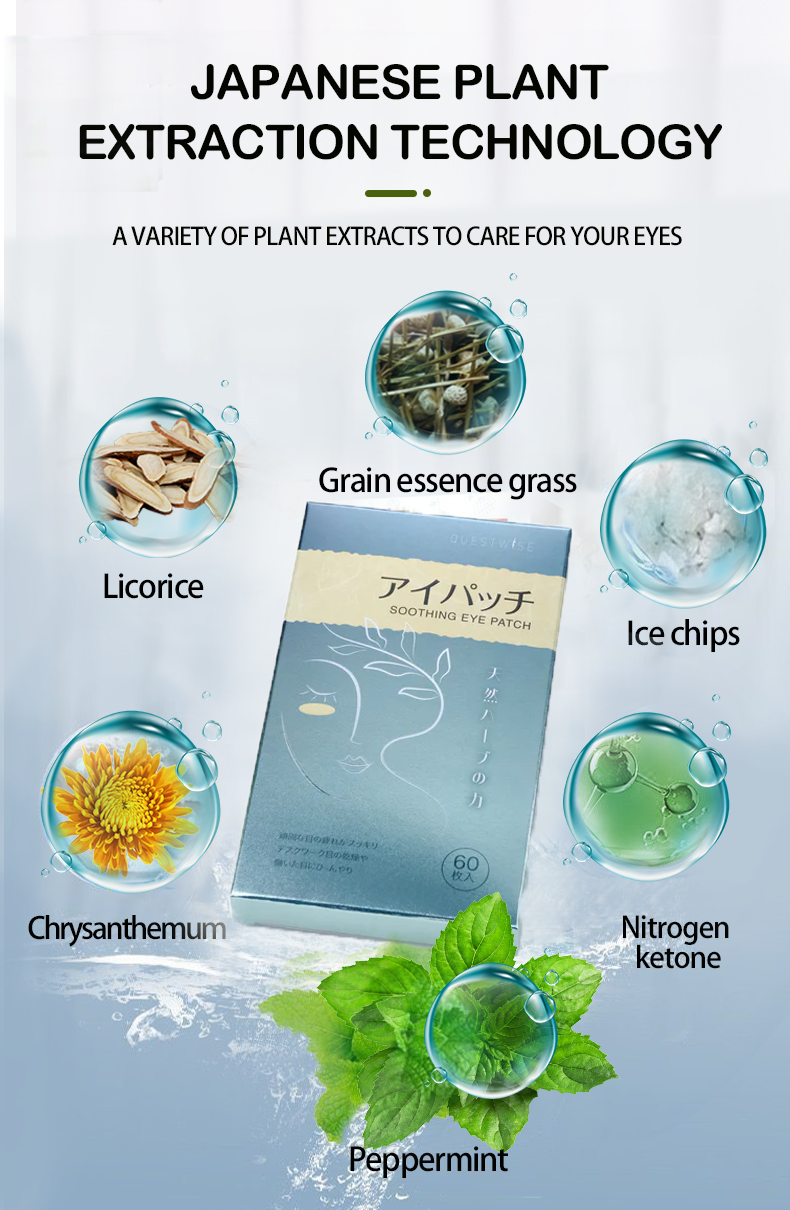How Lighting Affects Eye Strain and How to Fix It: A Comprehensive Guide for 2025
In 2025, our digital world demands more from our eyes than ever before. We're constantly bombarded with screens, from our smartphones and laptops to large-screen TVs and even smartwatches. This relentless screen time contributes significantly to a pervasive modern ailment: eye strain. While many factors contribute to digital eye strain, understanding how lighting plays a pivotal role is paramount to alleviating this widespread problem and improving your overall visual well-being.
The Complex Relationship Between Lighting and Eye Strain
The connection between lighting and eye strain is multifaceted. It's not simply a matter of brightness; the color temperature, intensity, consistency, and even the direction of light sources all contribute to visual fatigue and discomfort. Poorly lit environments force your eyes to work harder, leading to strain, headaches, blurred vision, and even dryness. Conversely, overly bright environments can also be detrimental, causing glare and discomfort that further exacerbates the problem. This is especially true in the context of prolonged screen use, where the combination of screen brightness and ambient lighting can create a perfect storm for eye strain.
Deconstructing the Impact of Different Lighting Types
Let's break down the specific ways different types of lighting can affect your eyes:
- Incandescent Lighting: While offering a warm, yellowish light that some find comforting, incandescent bulbs can be less energy-efficient and produce more heat, which may not be ideal for extended periods of screen time.
- Fluorescent Lighting: Fluorescent lights, often found in offices and schools, can flicker subtly, creating a strobe-like effect that can cause eye fatigue and headaches. The harsh, somewhat bluish light they emit can also be straining.
- LED Lighting: LED lighting has become increasingly prevalent due to its energy efficiency. However, the color temperature of LEDs can vary greatly, ranging from a warm, yellowish tone to a cooler, bluish white. Bluish-white LEDs, similar to those found in many computer monitors and smartphones, contribute significantly to eye strain and disruption of the natural sleep-wake cycle.
- Natural Light: Natural daylight is generally preferred for its even distribution and lack of harshness, which promotes better visual comfort. However, direct sunlight can be overly bright and cause glare, so moderation is key.
Practical Strategies to Combat Eye Strain Caused by Lighting
Fortunately, there are a plethora of effective strategies you can employ to mitigate the negative impact of lighting on your eyes:
- Strategic Lighting Placement: Position your light sources to avoid glare on your screens. Use desk lamps strategically to minimize shadows and improve visibility without directly shining light into your eyes.
- Ambient Lighting Optimization: Maintain a balance between ambient and task lighting. Avoid overly dim or overly bright surroundings, opting for a comfortable level of illumination that suits your environment and tasks.
- Blue Light Filtering: Employ blue light filtering software or glasses to reduce the amount of blue light emitted from your digital devices. This can help reduce eye strain and improve sleep quality.
- Regular Eye Breaks: The 20-20-20 rule—looking at an object 20 feet away for 20 seconds every 20 minutes—is a simple yet effective method for reducing eye strain during prolonged screen use.
- Screen Brightness Adjustment: Adjust the brightness of your screens based on the ambient lighting conditions. Avoid extreme brightness in dim environments or extreme dimness in bright environments.
-
Soothing Eye Care: For soothing relief and replenishment, consider using Wise Quest Soothing Eye Patches - 1-Month Care Pack. These patches are infused with traditional Chinese herbal medicine to alleviate eye fatigue, dryness, redness, and swelling caused by screen time. They promote healthy blood circulation and help relieve most eye discomfort and diseases.

Advanced Techniques for Optimal Visual Comfort
Beyond the basic strategies, consider these advanced techniques for enhanced visual well-being:
- Lighting Color Temperature: Choose light sources with a color temperature that complements your work environment and reduces eye strain. Warmer light (2700-3000K) is often more comfortable for relaxing activities, while slightly cooler light (3500-4100K) might be better for tasks requiring increased focus.
- Ergonomic Workstation Setup: Ensure your monitor is positioned correctly, avoiding glare and neck strain. Maintain a comfortable viewing distance to further minimize eye strain.
- Regular Eye Exams: Schedule regular comprehensive eye exams to detect and address any underlying vision problems that may contribute to or exacerbate eye strain.
Conclusion: Prioritizing Eye Health in the Digital Age
In our increasingly digital world, understanding how lighting affects eye strain is crucial for maintaining visual health and comfort. By implementing the strategies discussed in this guide—from optimizing your lighting environment to incorporating regular breaks and soothing eye care—you can significantly reduce eye strain and improve your overall well-being. Don't underestimate the power of proactive eye care; remember to utilize tools like the Wise Quest Soothing Eye Patches - 1-Month Care Pack for extra support and relief. Your eyes are a precious asset, so prioritize their health and enjoy the benefits of clear, comfortable vision.

